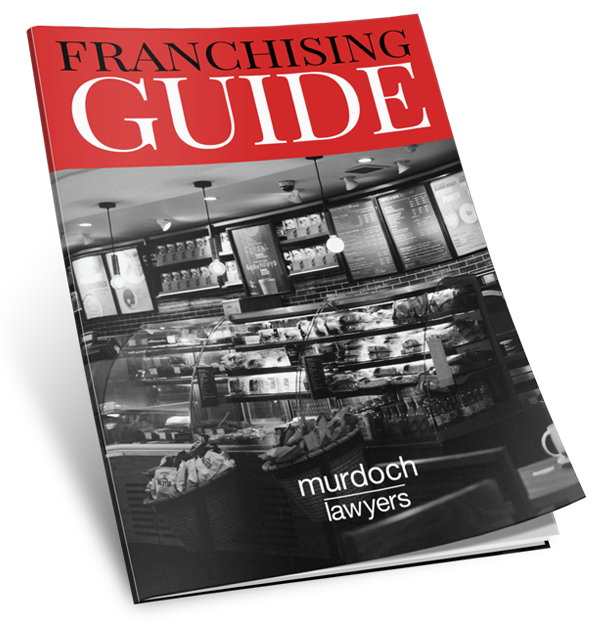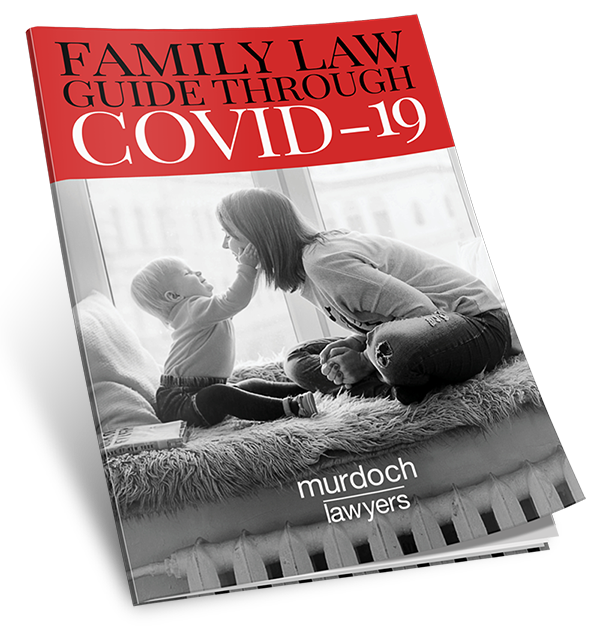
Over the last few years there has been a significant rise in the number of senior Australians looking outside the box for care arrangements. This has resulted in the increased popularity of what is known as a ‘Granny Flat Arrangement’ – but how do these alternatives to traditional care facilities affect your estate planning?
A Granny Flat Arrangement is defined as when a person exchanges assets or money for a right to live on someone else’s property for as long as they live.
A typical situation is parents looking to enter into a Granny Flat Arrangement with their adult child. This would usually fall into one of three categories:
- the parents pay to construct a custom built granny flat on the child’s property;
- the parents pay an agreed amount to the child for a right to live in part of the child’s existing home; or
- the parents transfer their home to the child, with all parties to then live together in the same property (with the child now listed as the legal owner).
For scenarios 1 and 2, the parents will often sell their family home and give part (or all) of the sale proceeds to the child in exchange for their Granny Flat Arrangement.
Whilst this arrangement can work well for all parties, there are times when it can go awry and have considerable consequences for one or both parties. In particular, a Granny Flay Arrangement can have a significant impact on both the parent and the child’s estate planning.
Before entering into a Granny Flat Arrangement, it is important to consider the following:
For the Parent:
- Understand that the Granny Flat is no longer your asset, and you cannot note it in your Will;
- Unless you have a legal agreement stating otherwise, the payment made to the child is also not your asset, and cannot be noted in your Will;
- Since you have now given a significant asset to one child, how will you make provisions for other children in your Will? In particular, if the other assets are minimal. For example:
- if you live for another 20 years and one child provides care for you during that time, then it would be fair if they received the majority or a significant portion of your estate; however,
- if you were to pass away 6 months after the arrangement commenced, the situation is likely to be very different.
- Consider what is to happen if you do require a higher level of care at a later date and how this would be funded, particularly if you have no other major assets after payment for the Granny Flat Arrangement has been made;
- It is crucial that you have a valid Enduring Power of Attorney in place so that decisions can be made on your behalf by the person of your choosing, should you lose capacity at a later date.
For the Child:
- As the Granny Flat is their asset, this must be managed appropriately in their Will, for example is it the intention of the parties that if the child died first then the parents would have the right to continue to live in the Granny Flat?; and
- What is to happen if you were to lose capacity? Would it be feasible for the parents to remain living in the Granny Flat, without you being able to provide care to them? What if the property needed to be sold to fund the care requirements?
I am considering a Granny Flat Arrangement – where to from here?
The above issues are just the tip of the iceberg of what all parties should consider before entering into a Granny Flat Arrangement. If you are considering a Granny Flat Arrangement, it is crucial to:
- obtain legal and financial advice before entering into the agreement; and
- if you decide to proceed, legally document the agreement in a Deed of Family Arrangement or similar document.
If you would like to discuss how a Granny Flat Arrangement could work for your family, contact our experienced Toowoomba lawyers team at Murdoch Lawyers today on 1300 068 736.
This publication has been carefully prepared, but it has been written in general terms and should be viewed as broad guidance only. It does not purport to be comprehensive or to render advice. No one should rely on the information contained in this publication without first obtaining professional advice relevant to their own specific situation.




